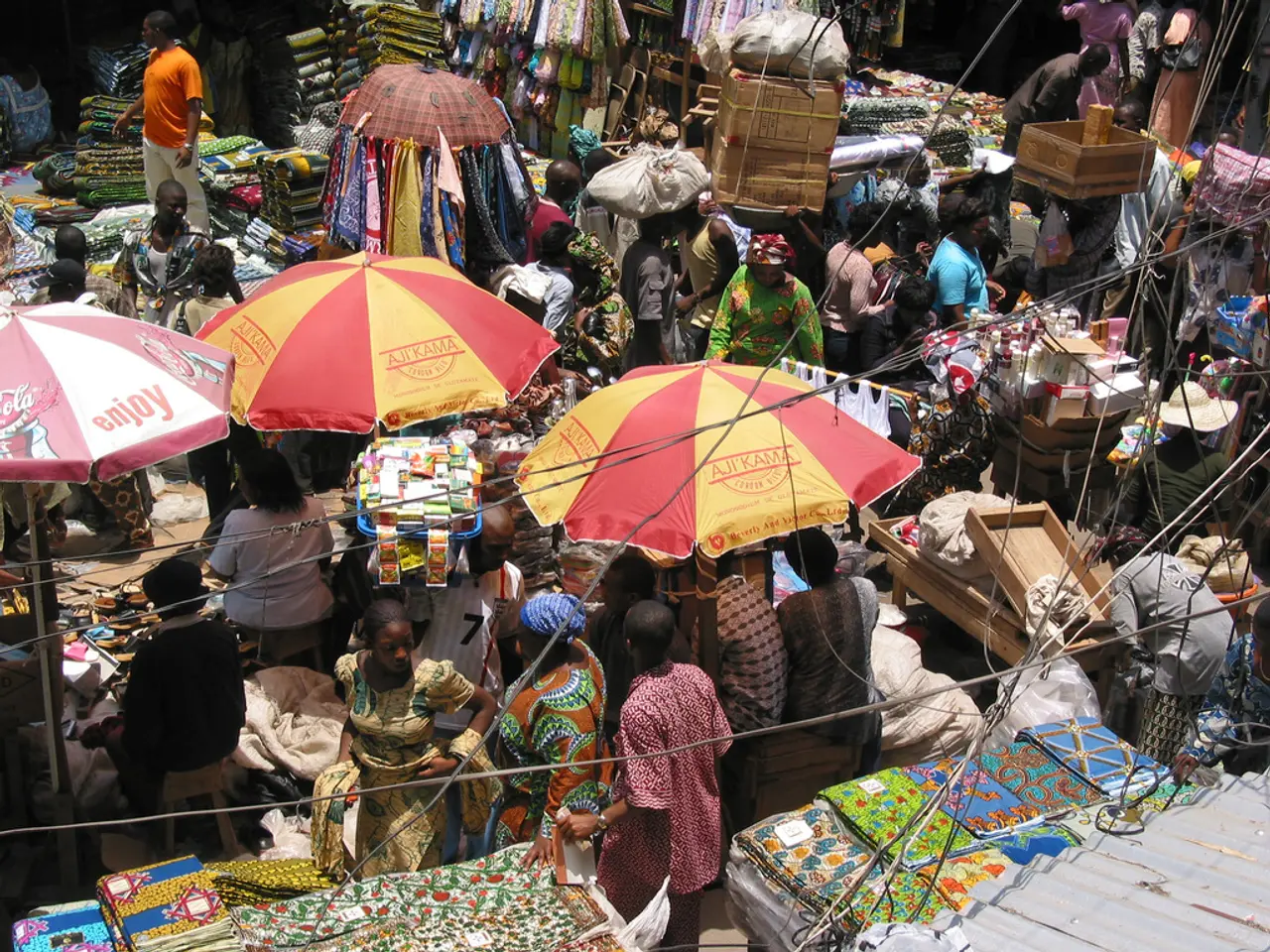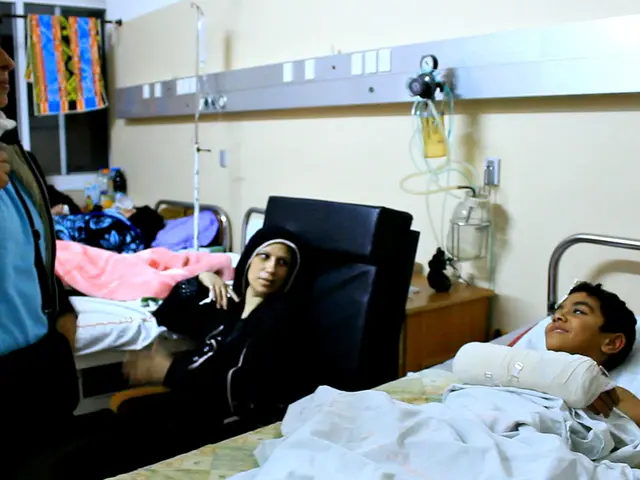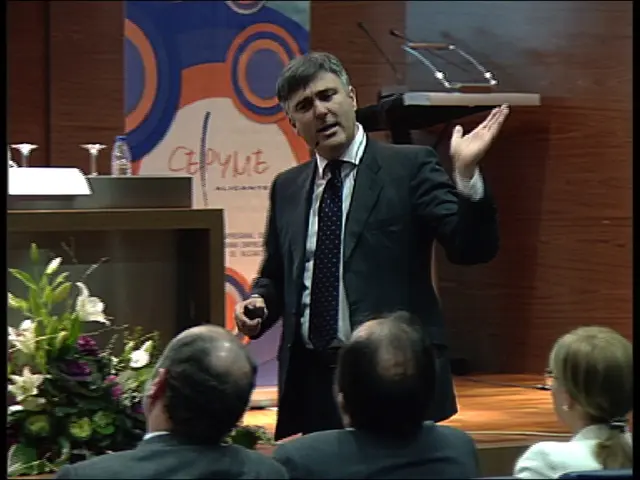Soaring Real Estate Market: Increase in Transactions, Price Adjustments, and Regulatory Overhauls Globally
In the ever-evolving landscape of global real estate, cities across Africa, Latin America, and the Middle East are emerging as attractive investment hubs. Cities like Cape Town, Nairobi, Lagos, Buenos Aires, and Dubai are benefiting from growing middle classes, infrastructure developments, and foreign investment/tourism.
However, the road to prosperity is not without its bumps. In Argentina, high inflation and currency instability have practically frozen the formal real estate market, with most sales happening in cash USD. Prices in Buenos Aires have dropped in dollar terms. On the other hand, Dubai launched its First-Time Home Buyer programme in September, offering financial support and fast-track approvals for mortgages.
Looking ahead, Africa's youthful demographics and urban growth are fundamentally bullish for real estate demand. Countries like Ghana and Ivory Coast are innovating with housing funds and diaspora bonds to finance development. In contrast, Nigeria faces a housing finance conundrum, with high interest rates keeping mortgages out of reach for most Nigerians.
Latin America's real estate outlook is highly country-specific, but common themes include the need for more affordable housing, the impact of high interest rates (now gradually reversing), and innovative approaches to financing. Chile, for instance, has seen a housing boom due to a long period of low rates and stable growth, but recent rate hikes and a sluggish economy have cooled the market.
The Middle East, particularly Dubai, is witnessing a resurgence in the property market. Dubai's property prices are up approximately 70% since 2019, and the Dubai Land Department partners with banks to offer reduced interest rates, fee waivers, and flexible payment plans under the First-Time Home Buyer programme. However, analysts warn that Dubai's property cycle may be near its peak, with price growth likely to slow sharply and potentially turn into 'double-digit declines' by late 2025.
Elsewhere in the Gulf, real estate markets in Bahrain and Kuwait have been relatively quiet. In contrast, Saudi Arabia is pressing ahead with giga-projects, including NEOM city and Red Sea resorts, which are part real estate play, part economic diversification.
Across Africa, rapid urbanization is creating immense demand for housing and commercial space, but economic challenges and high financing costs constrain supply. In Kenya, the government recently enacted an affordable housing levy to fund new low-cost homes, aiming to build 200,000 units a year (a goal not yet met). South Africa faces a housing shortage of roughly 2.3 million units, mainly affecting lower-income households.
The South African Reserve Bank has cut rates four times, bringing the prime down to 10.75% by May 2025. This move, along with the UAE's rate cut following the U.S. Fed's September rate cut, has provided mortgage relief for homebuyers, tenants-turned-buyers, and property investors in these regions.
In North Africa, Egypt is pushing ahead with its New Capital City project and other developments, betting on real estate as an economic driver and hedge against currency devaluation. Morocco's housing sector was dealt an unexpected blow by the tragic earthquake in early September, which destroyed thousands of homes around Marrakech.
Canada, under its new Prime Minister Mark Carney, has initiated the 'Build Canada Homes' program to improve affordable housing for lower-income groups. Mexico City's mayor announced plans to convert underutilized office buildings in the downtown core into apartments, a move to both address a glut of vacant offices (post-COVID) and add housing units.
However, Mexico City's residential housing sector is facing an affordability crisis due to a flood of remote workers from the U.S. and Europe relocating, driving up rents and property values in those enclaves. Colombia has had success with social housing: its 'Mi Casa Ya' program has helped hundreds of thousands of families buy homes with government subsidies.
Brazil's property market finds itself at an inflection point amid shifting economic winds. If Banxico starts cutting rates in 2026, as markets predict, it could unleash a new wave of homebuyer demand, making the task of boosting supply even more urgent.
Real estate capital flows into the Middle East are rising, with sovereign wealth funds investing heavily in logistics, data centers, and overseas property. Qatar expects a post-World Cup cooling to be temporary, with preparations for the 2030 Asian Games set to spur another construction cycle.
In conclusion, the global real estate market presents a mixed bag of challenges and opportunities. While economic instability and high financing costs constrain supply in some regions, innovative financing approaches and government initiatives are driving demand and growth in others. As always, the key to success lies in navigating these complexities and seizing the opportunities that arise.




